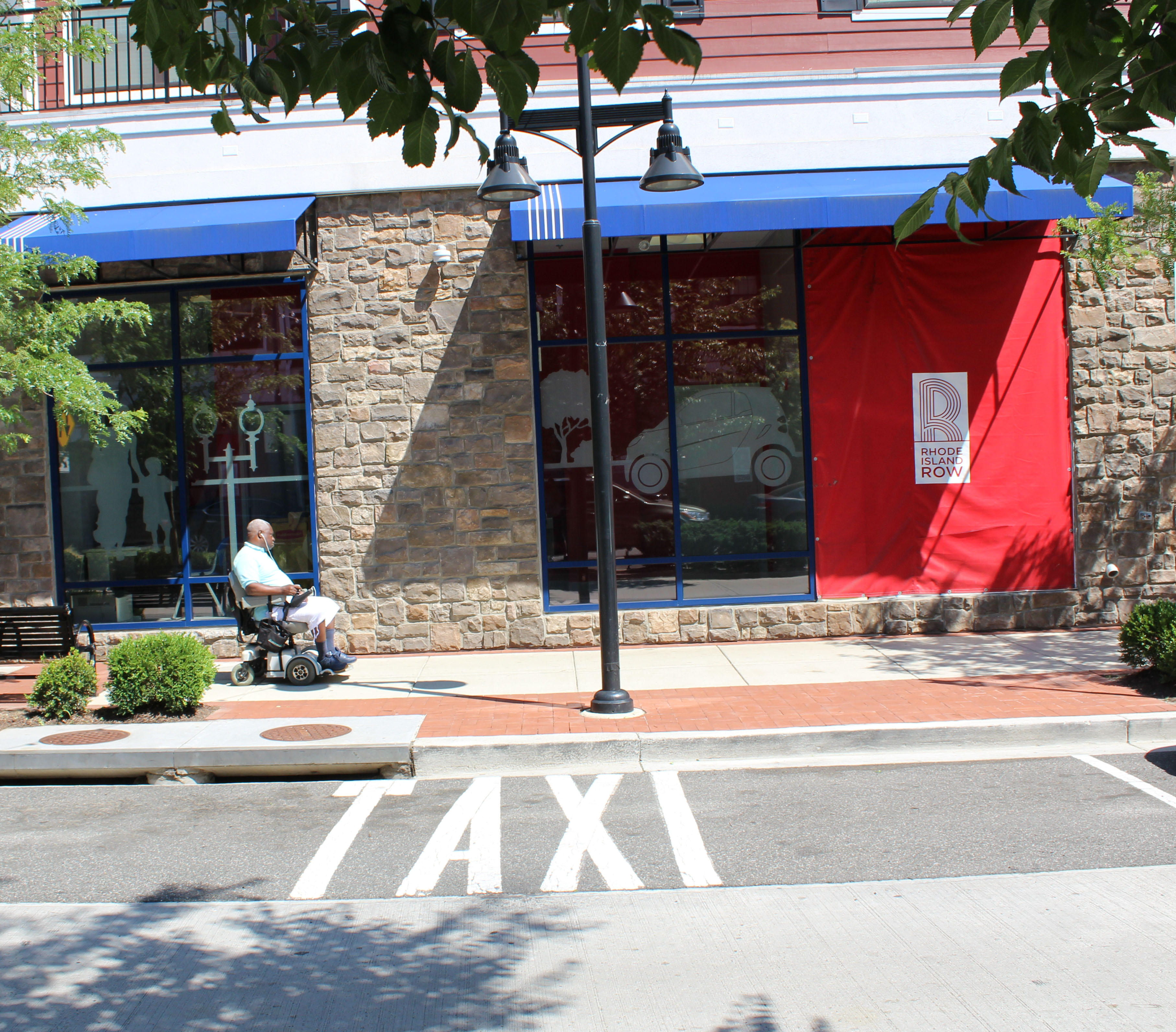AARP Eye Center
Is Your Community the Right Fit?
By Shannon Guzman, June 20, 2016 11:04 AM

You like where you live. Your community is the perfect fit, you say.
Yet will it be the right fit 10, 20, or 30 years from now? Will housing costs become an issue, and will you want different transportation options, closer access to your doctor, or perhaps a grocery store nearby?
While it’s possible that your personal preferences may remain the same, priorities evolve through the years. At one time, school quality and proximity to work may have been your first priorities, but those may no longer be issues. Yet we often create strong connections to our neighborhoods and homes. We make friends, volunteer and raise our kids alongside other parents. The majority of older adults want to stay in their communities because of those close ties.
Meanwhile, gaps usually exist between what communities have and what people need. AARP has been working in-depth in this area to support people of all ages in creating livable communities.
37 Winning Ideas to Make Cities More Successful »
First, in an effort to improve livability and meet the needs and desires of the growing aging population, over 90 communities across the country have joined AARP’s Network of Age-Friendly Communities. Age-friendly communities include elements such as safe travel environments for bikes, pedestrians and cars, housing for people at all income levels and physical abilities, and the availability of wide-ranging services and amenities. Such elements support successful aging and foster livability regardless of current life stage: young professional, parent, retiree, and so on.
Members of the network, which reaches over 50 million people, have committed to improving their neighborhoods, amenities and services to support aging populations. Participating jurisdictions assess many aspects of community living, including health, transportation and social engagement, and take action where needed. Actions might include facilitating programs that promote intergenerational connections, organizing community health fairs, or changing zoning requirements to allow for low-cost housing options.

Second, AARP has developed the AARP Livability Index: Great Neighborhoods for All Ages, an invaluable resource to measure a community’s degree of livability.
Several communities in the network have already used the index to assess their livability and make improvements. A new park in Macon-Bibb, Ga., provides a place for exercise and recreation, potentially improving community health. Washington, D.C.’s recently released Age-Friendly DC Progress report highlights the District’s livability score of 58 and encourages residents to use the website to score their own neighborhoods. The District is doing well in things like transportation and social and civic engagement, but like other cities, it still has room to grow. The report features activities, such as holding a senior job fair and building community gardens, that help meet goals outlined in the action plan.
Over 50 and looking for a job? BACK TO WORK 50+ can help. »
In addition to addressing specific challenges, these activities and resources highlight how livable communities benefit all people regardless of age, require cross-disciplinary solutions, and must involve multiple community partners.
Neighborhoods can be a vibrant center of our lives. Our quality of life improves when our communities work for us at all life stages. Addressing the needs of older adults helps ensure our communities can be the right fit for everyone — older and younger, now and in the future.

You may also like:
- The Future of Housing — AARP and AARP Foundation’s new initiative to address bring awareness to housing challenges that people are facing across the country and to help find solutions to address them.
- Future of Housing: Meeting Accessibility Needs — A video illustrating the needs of people who could benefit from homes with accessible design features.
- Different Generations, Similar Desire for Walkable Communities — A blog post about vibrant communities with amenities close to home that appeal to both older and younger generations.

Shannon Guzman is a policy research senior analyst with the AARP Public Policy Institute, where she works on housing, transportation and land-use issues. Shannon focuses on policies and programs that create livable communities for people of all ages. For more information about livable communities visit, www.aarp.org/livable.























































